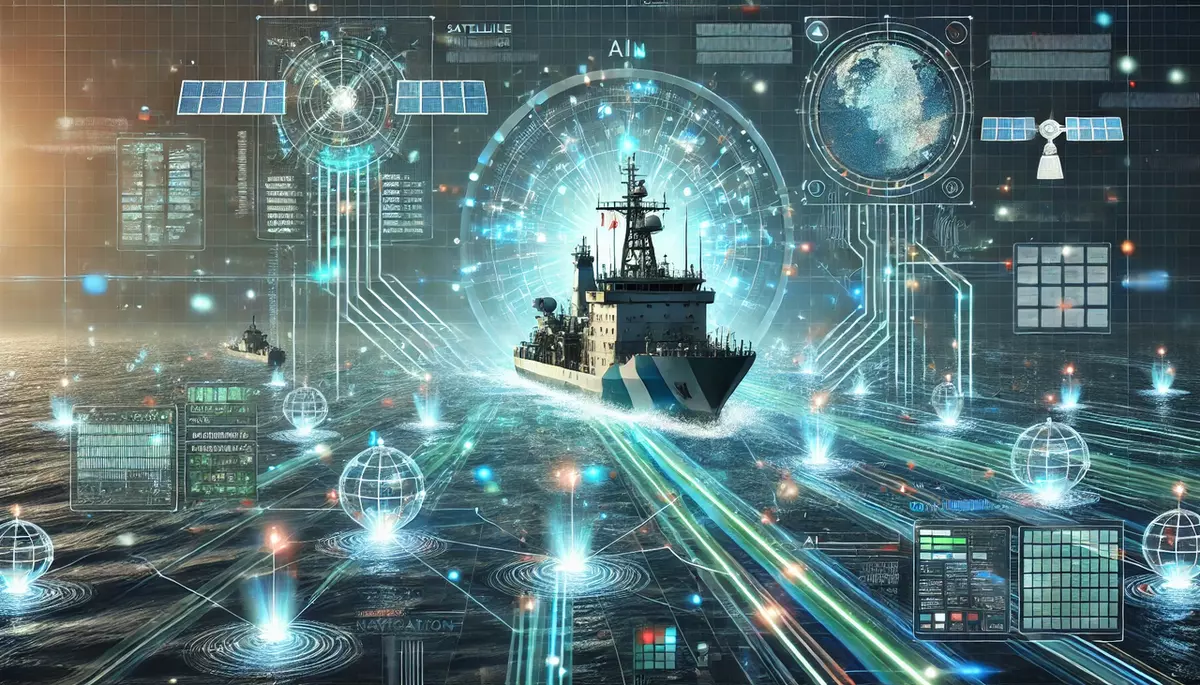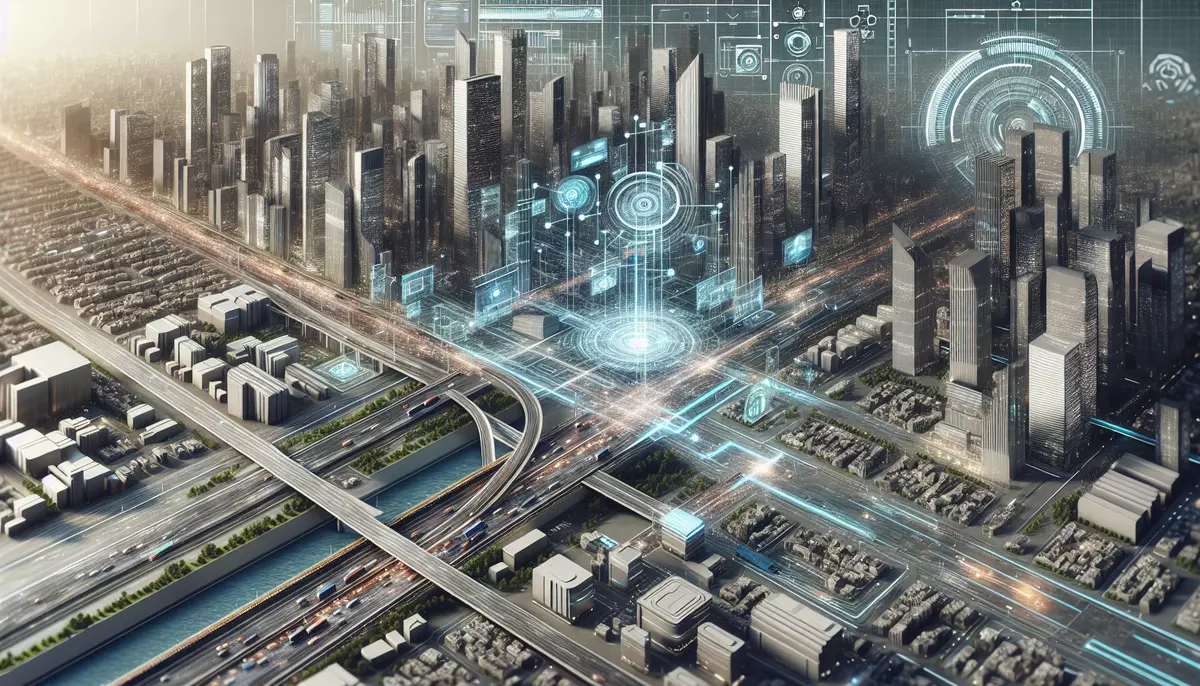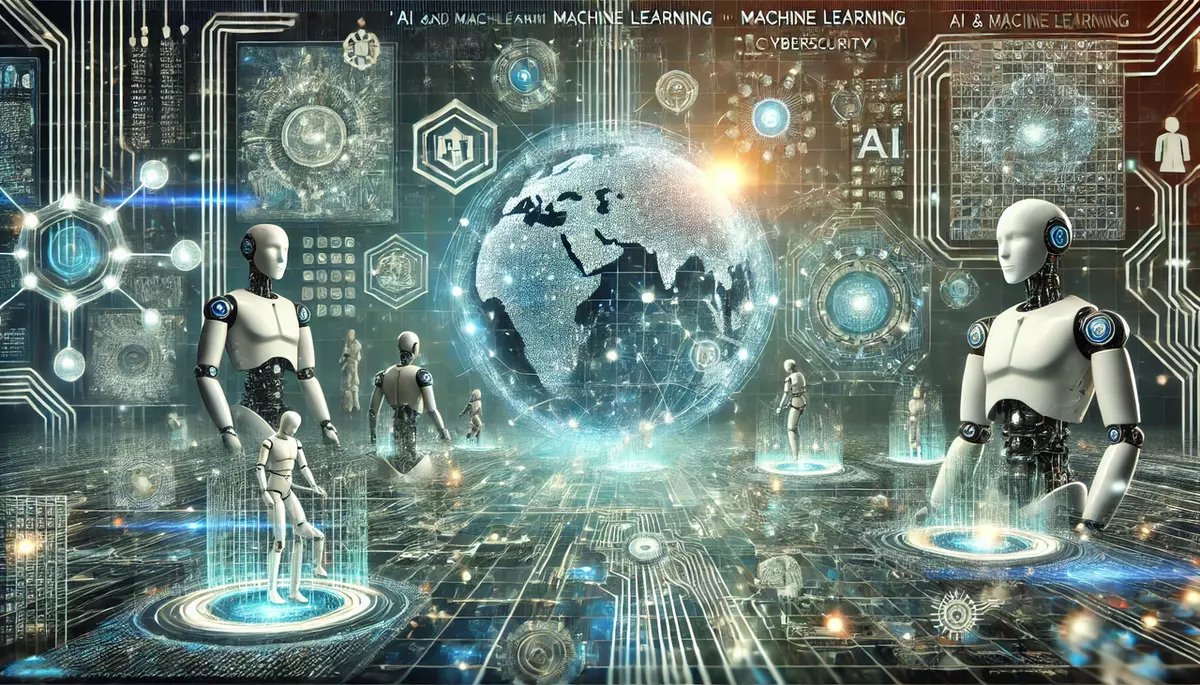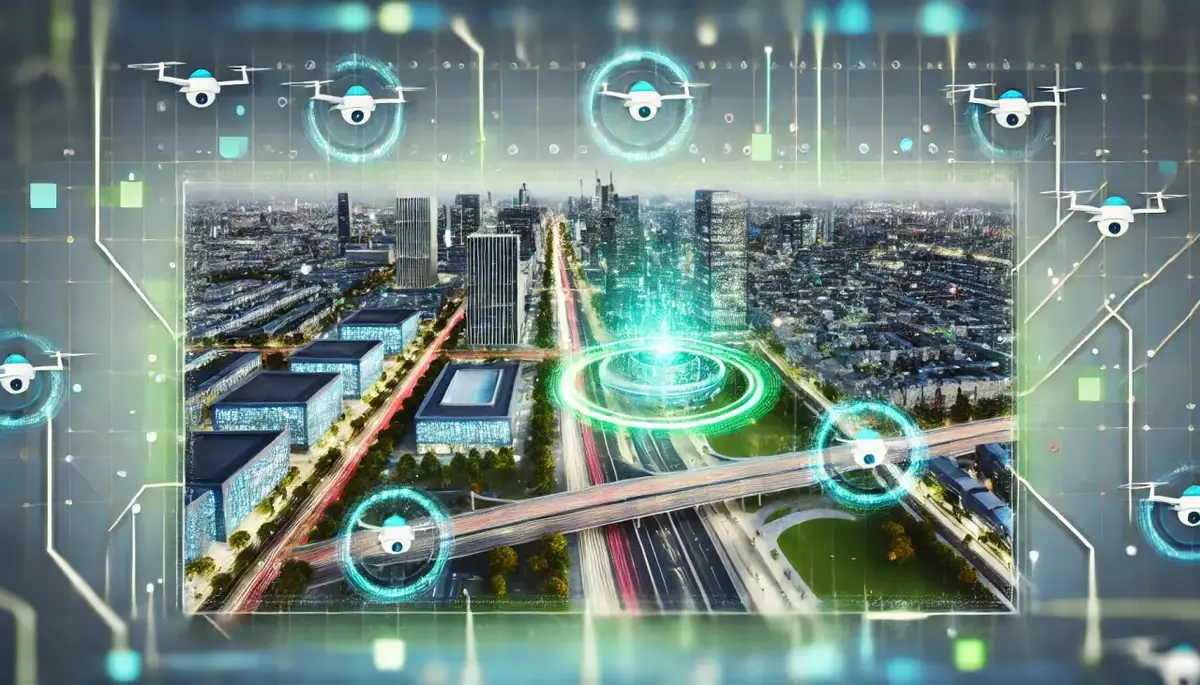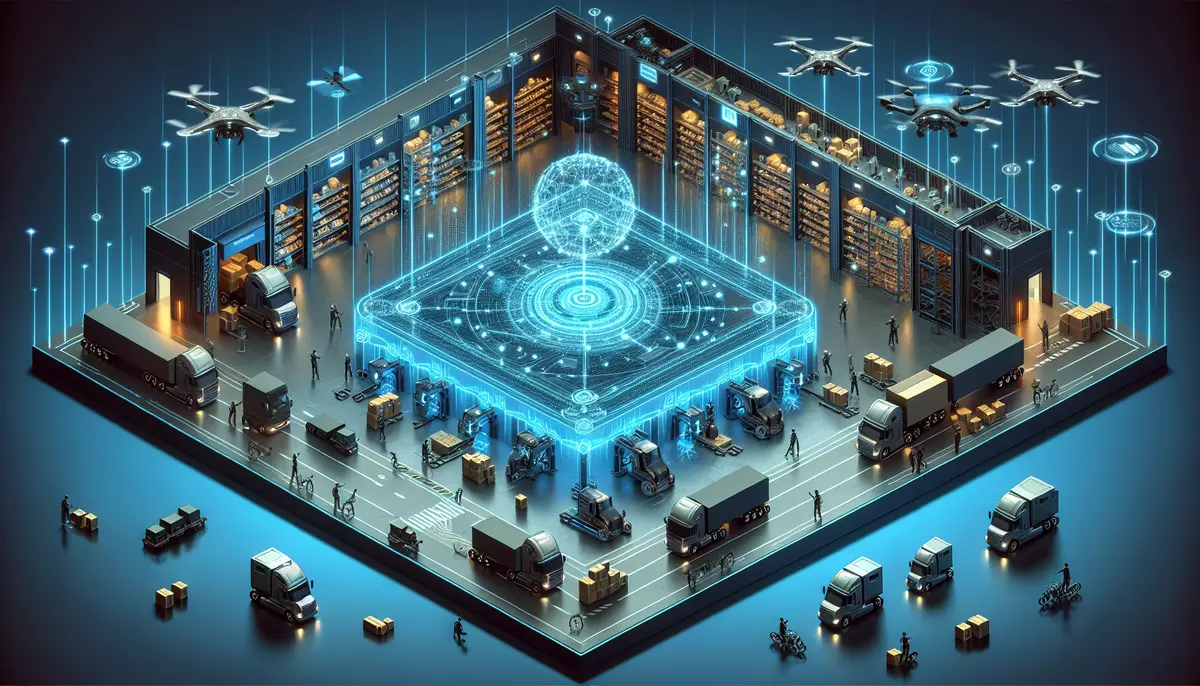Introduction
The maritime industry has long relied on traditional navigation methods, but the advent of artificial intelligence (AI) is transforming the way ships navigate the seas. This knowledge base article explores the integration of AI in maritime navigation, examining its benefits, applications, and the challenges that come with its implementation.
What is AI in Maritime Navigation?
AI in maritime navigation refers to the use of advanced algorithms, machine learning, and data analysis to enhance the decision-making process and improve the overall efficiency and safety of ship navigation. By leveraging AI, maritime operators can make more informed decisions, optimize routes, and respond to changing environmental conditions more effectively.
Key Components of AI in Maritime Navigation:
- Predictive Analytics: Using AI-powered algorithms to analyze historical data and predict future weather patterns, ocean currents, and other factors that can impact navigation.
- Autonomous Navigation: Developing autonomous ship systems that can navigate without human intervention, reducing the risk of human error and improving efficiency.
- Computer Vision: Utilizing AI-powered computer vision to detect and identify obstacles, ships, and other objects in the surrounding environment, enhancing situational awareness.
- Decision Support Systems: Providing AI-powered decision support tools to help maritime operators make informed choices about route planning, resource allocation, and emergency response.
Benefits of AI in Maritime Navigation
The integration of AI in maritime navigation offers several key benefits:
Improved Safety:
- Enhanced situational awareness and real-time decision-making to avoid collisions and other hazards.
- Automated systems that can respond to emergencies more quickly and effectively.
Increased Efficiency:
- Optimized route planning and navigation to reduce fuel consumption and travel time.
- Automated systems that can perform tasks more consistently and accurately than humans.
Cost Savings:
- Reduced operational costs through improved fuel efficiency and reduced maintenance requirements.
- Decreased risk of accidents and associated financial and legal liabilities.
Applications of AI in Maritime Navigation
AI is being applied in various aspects of maritime navigation, including:
Voyage Planning and Optimization:
- Analyzing weather data, ocean currents, and other environmental factors to plan the most efficient routes.
- Optimizing vessel speed and fuel consumption based on real-time conditions.
Collision Avoidance:
- Using computer vision and object detection to identify potential collisions and take evasive action.
- Coordinating with other vessels to ensure safe passage through congested waterways.
Port Operations:
- Automating cargo loading and unloading processes to improve efficiency and reduce errors.
- Optimizing port traffic and scheduling to minimize delays and congestion.
Challenges and Considerations
While the integration of AI in maritime navigation offers significant benefits, there are also challenges and considerations that must be addressed:
Regulatory Frameworks:
- Developing and implementing appropriate regulations and standards to ensure the safe and ethical use of AI in maritime operations.
Data Availability and Quality:
- Ensuring the availability of high-quality, comprehensive data to train and optimize AI systems.
- Addressing issues related to data privacy, security, and ownership.
Technological Limitations:
- Overcoming the technical challenges of implementing AI systems in harsh maritime environments.
- Ensuring the reliability and resilience of AI-powered navigation systems.
Human-AI Collaboration:
- Fostering effective collaboration between human operators and AI systems to leverage the strengths of both.
- Addressing concerns related to the role of human decision-making in an AI-driven environment.
Future Trends and Developments
As the maritime industry continues to embrace AI, several emerging trends and developments are shaping the future of navigation:
Autonomous Shipping:
- The development of fully autonomous ships that can navigate without human intervention.
- Advancements in sensor technology, machine learning, and decision-making algorithms to enable autonomous navigation.
Integrated Maritime Ecosystems:
- The creation of interconnected systems that integrate AI-powered navigation, port operations, and supply chain management.
- Leveraging the power of data sharing and collaborative decision-making across the maritime ecosystem.
Predictive Maintenance:
- Using AI-powered analytics to predict equipment failures and optimize maintenance schedules.
- Reducing downtime and improving the overall reliability of maritime assets.
Conclusion
The integration of AI in maritime navigation is transforming the way ships navigate the seas, offering significant benefits in terms of safety, efficiency, and cost savings. As the technology continues to evolve, the maritime industry must address the challenges and considerations associated with its implementation to fully harness the power of AI and shape the future of maritime navigation.
This knowledge base article is provided by Fabled Sky Research, a company dedicated to exploring and disseminating information on cutting-edge technologies. For more information, please visit our website at https://fabledsky.com/.
References
- Rødseth, Ø. J., & Burmeister, H. C. (2012). Developments toward the unmanned ship. In International Symposium Information on Ships (ISIS).
- Rødseth, Ø. J., & Tjora, Å. (2014). A system architecture for an unmanned ship. In Proceedings of the 13th International Conference on Computer and IT Applications in the Maritime Industries (COMPIT).
- Wróbel, K., Montewka, J., & Kujala, P. (2017). Towards the assessment of potential impact of unmanned vessels on maritime transportation safety. Reliability Engineering & System Safety, 165, 155-169.
- Kretschmann, L., Burmeister, H. C., & Jahn, C. (2017). Analyzing the economic benefit of unmanned autonomous ships: An exploratory cost-comparison between an autonomous and a conventional bulk carrier. Research in Transportation Business & Management, 25, 76-86.
- Burmeister, H. C., Bruhn, W. C., Rødseth, Ø. J., & Porathe, T. (2014). Autonomous unmanned merchant vessel and its contribution towards the e-Navigation implementation: The MUNIN perspective. International Journal of e-Navigation and Maritime Economy, 1, 1-13.

